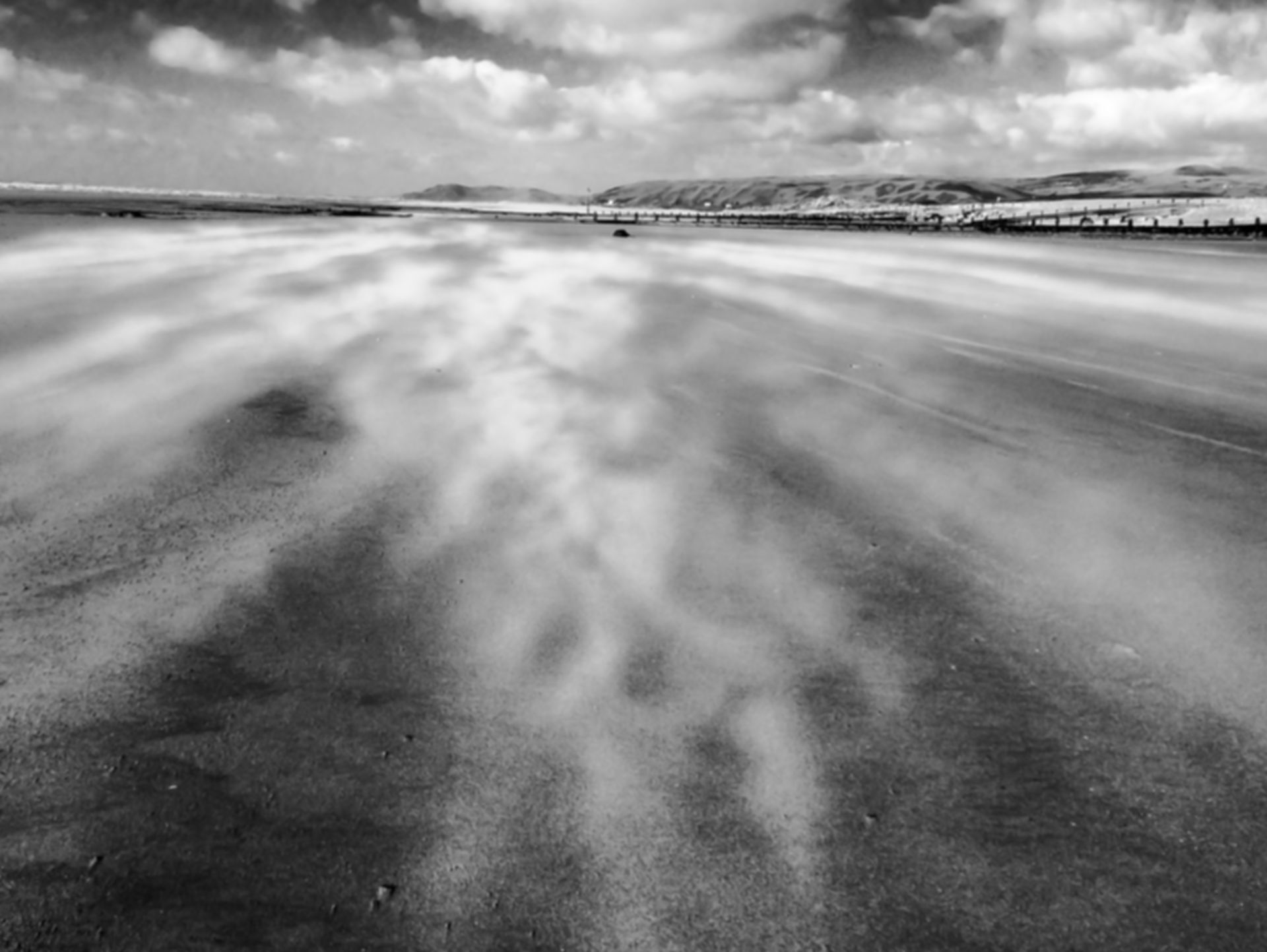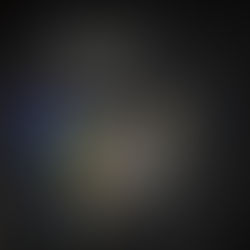The Crow Road - a Cross/Multi/Inter/Trans experiment.

Two years ago I had dinner with Grado Kilomba, in Vienna. Her show, about decolonizing knowledge, had got me thinking. Using a combination of film and theatre, interwoven around an academic paper, she challenges conventional ways of communicating narrative without loss of intellectual rigour. This has been a background inspiration for me ever since.
Then in the first week of September I drove across country from a conference in Chester (BASR) to one at Sheffield Hallam University, to try out my latest variation on the theme.
The first conference concerned narratives of religion, namely for me that included Peace Mala and the relationship between myth, literature and shamanism. The second, concerned mixed disciplinary explorations between literature and the environment, with an emphasis upon ecopoetics, via a fusion between ASLE-UKI and LAND2, into three days of poetry and activism, land art and literature, entitled 'Cross/Multi/Inter/Trans'.

I was there to present a joint work with Iain Biggs, with whom I share an intellectual passion for deep mapping and alternative ways of exploring the environmental humanities. Iain had sent me a link to this conference some considerable time ago, when it was still in the initial planning stages, inviting me to collaborate. It had popped up on my phone whilst I was sat outside the house of Ellis Wynne, watching a lone crow circling the bog. Of course I said yes - and thought little more about it.

Some months later we met up to brainstorm. The day was spent in Lampeter, mostly sharing obsessions and comparing notes about interdisciplinary thinking within the current academic fashion. I'm not entirely sure how we ended up with the concept of a crow but I do recall returning time and again to the notion of how, when immersing oneself in a creation (particularly a literary one), it is akin to navigating a high road, where their air grows increasingly thin and the company, sparse. One's brain seems to speed up, horizons distance, extraneous goods fall by the side and all that exists is the steady trudge of climbing the lonely mountain way.
I'm not entirely sure how I got from there to writing about a crow girl either. It just, sort of, happened. Maybe it was something Iain decided and the front of my subconcious later remembered. For me though, it began out in the field with my horses and my cat. The cat, Jaiet, had jumped on to my shoulder and sat there, like a great black bird. I had tried to draw the experience - but ended up drawing her as the bird she was attempting to hunt.


From there fell the following verse:
On the crow road
There is a river of sound
That runs from myth to mountain
A prophecy of provision
Guiding battles through the flood.
A few more verses chased after it, then paused. I sent them to Iain, asking him to write the paper of his choice whilst bearing the idea of that poem in mind. Reassuring him that I would then develop it around whatever prose he had constructed - and again, thought no more about it.
Some more months passed. I left Iain to handle the details with the conference organisers because it was his gig and I was mostly out of the country with other work.
There was more passing of time, then one day he attempted to send me some info by WeTransfer. The combination of mutually recalcitrant computers and dud internet made this something of an equally frustrating ordeal - but eventually I had something to work with. I printed it out, then left the country once more.
This print out travelled with me, unread, around Ireland and France, Jersey and Belgium until I carved a couple of days out of the ridiculous schedule when I had a (mostly) functioning computer and sufficient quiet hours to go mentally climbing. I was expecting a completed paper to work from - but what I had were notes. Notes and disparate images. One of which was from Ruth Jones, of a woman with a crow mask.

I looked at Jaiet, Jaiet looked at me. I rootled out my original charcoal sketches, which Iain hadn't seen. I came across this:

Well, now, there's a thing.
I set to writing and drawing, discarding the original charcoal in favour of the more tenuous feel that pen and ink offers. I worked through all of Iain's images, emalgamating them into my own illustrations before discarding them because they would interfere with the overall aesthetic I was aiming for, tying in his words with my own knowledge of crow lore, whilst following the story as it unfolded through my pen (I use the same rub out pens, fine point, for both writing and drawing. There's something about using the same instrument for both which allows for a merging of the two mediums).
I could hear a refrain, a narrator, who was at once the landscape and the walker, the living and the dead, the audience and the storyteller. Consequently I parenthesised a 'chorus' with the intention of having a stooge or two in the conference crowd to read them out. Iain verified that this would be possible.
It took 48 hours, drawing and writing, sleeping by my desk, then writing and drawing some more.
I scanned all the images onto my computer, editing on paint. Then put them into powerpoint. Then animated them, redrawing, rescanning, re-editing... and so on and so forth, until I had all the transitions I wanted to support Iain's text. For example, the daughter of Mattie Howe transforms into a crow so I had to show her shapeshifting. I'm not a particularly skillful artist so this was clumsy, but the naivete seemed to work okay.



Once all the drawings and text were done, all the reference points Iain had included were also included, etymology and language had been played with, the animations were as slick as I could manage (on a computer which has no Photoshop, a malfunctioning mouse, little memory and kept overheating) I then set about construcing a script. I fiddled with Iain's text as little as possible, the inate disparateness of it being in note form worked suprisingly well because it gave me space to continue the narrative into poesy and image, which in retrospect I don't think would have been as solid if he had sent me a slick paper. His personal style was honest and evocative, bringing to mind knowledge I already possessed of all the areas covered (indisciplinary thinking, the restrictions of academic form, social norms, folklore, natural history, literature, corvids and music).

I tidied up all my transitions, adding them in to the text, writing out cue sheets for the stooges (they had the preceeding text which would be spoken by either myself or Iain, with who it was indicated by format. I also put their verses up on the powerpoint in their entirety, which I didn't do with all of my verses, otherwise the fragmentary feel would have been lost).
All of this took a further two days. My son brought me food, I played Omnia's crow songs on a loop, the cat kept my paperwork warm.
I thought of Robert Frost's Dust of Snow. I thought of Ted Hughes' collection Crow. I thought of John Byrom, I thought of a Bird as Black as the Sun. I dwelled awhile in their words and many songs about place and birds, raven lore and philosophy. Eventually, it was done, two weeks before the conference and mere hours before I left the country, again. I sent it to Iain as a fait accompli, heart in mouth, packed - and left.

There was some saga regarding my finally making it to Sheffield, Sat Navs and certain locations not being symbiotic. Iain was left hanging, trusting that I would a) arrive in time and b) that the powerpoint he had been sent, which he didn't have the means to play through, would do the job I promised.
The morning of the presentation dawned, the organisers had loaded everything nicely on to the system, the system which didn't want to work... A little tinkering later and I was editing the powerpoint as people walked in to take their seats, with Iain surreptitiously editing his paper also. I jumped on various likely looking individuals to be the narrators, two men and two women, dotted around the room.
Two papers were before ours, one on Gilbert White (Brycchan Carey) and the other about barnacle geese (David Borthwick). They were intellectually rich, well supported with images, packed with pain-less poetry, infinitely quotable and thoroughly captivating. Then it was us.
Nobody in the presentation had ever heard this script before. Iain hadn't even seen most of it. He stood, conventionally, and read. Leaping into the abyss. I sat and worked the slide changes, reciting, directing surreptitiously from a low chair. The audience were total pros, reading fluently on cue as if they'd been practising for weeks, not actually having been given no more than minutes to prepare.
The result? Well, I think it went smootly. I made a few errors with my slide changes but everybody else was perfect. It was a whole heap of fun.

During Q&A the notion of trust was raised. Trust being the accepted glue that holds all collaborative work together. It's an interesting concept, for who is really 100% trustworthy? When working with the general public and total strangers, also with people who are famously difficult and those with egos larger than most buildings, I have learned that trusting others is not to be taken for granted, however well prepared one is, or well intentioned the individuals. Instead, it is important to trust oneself. To know that, whatever happens, one will find a route through. Harriet Tarlo commented that this takes self confidence, perhaps she's right. I suspect though, that it simply requires one to know how to retain control without being controlling, which is surely just a bit like parenting? It also helps if one doesn't mind jumping into the abyss - and for some of us, that's an almost daily activity. Iain did it with characteristic style, affording me the respect I needed to do my thing (albeit, mostly out of necessity and not choice!), for which I am interminably humbled.

My thanks consequently go out to all involved, this was a collective experiment, not belonging to us alone. Not many conferences will credit such performaivity with equal value as a standard paper, it reflects well on both the organisers and the attendees. Let's hope it provokes a new way of being and is not merely a passing trend for students to oggle at in dated journals years to come.
In the meantime, to read the poem itself, please look here
This project, it would seem, has only just begun.






















